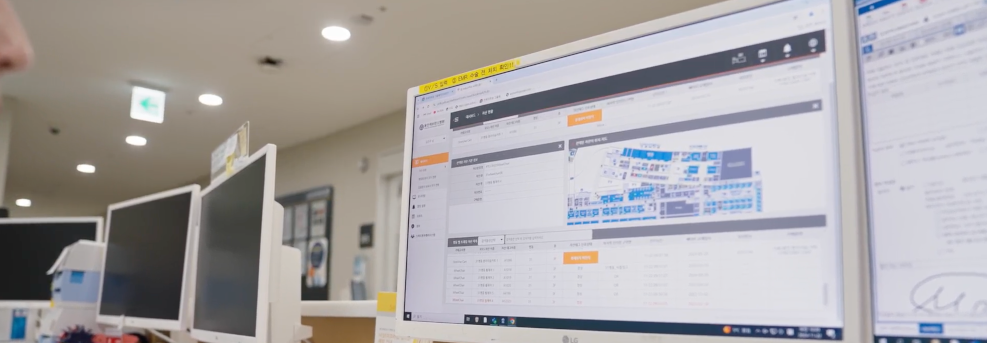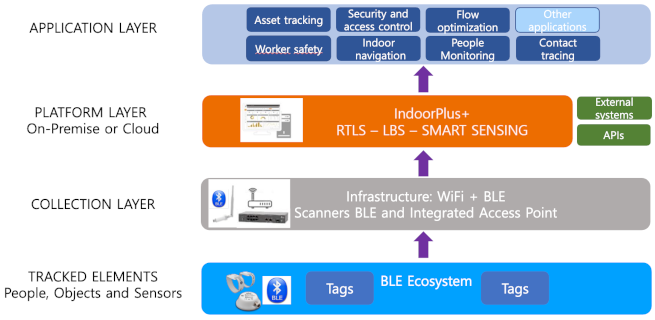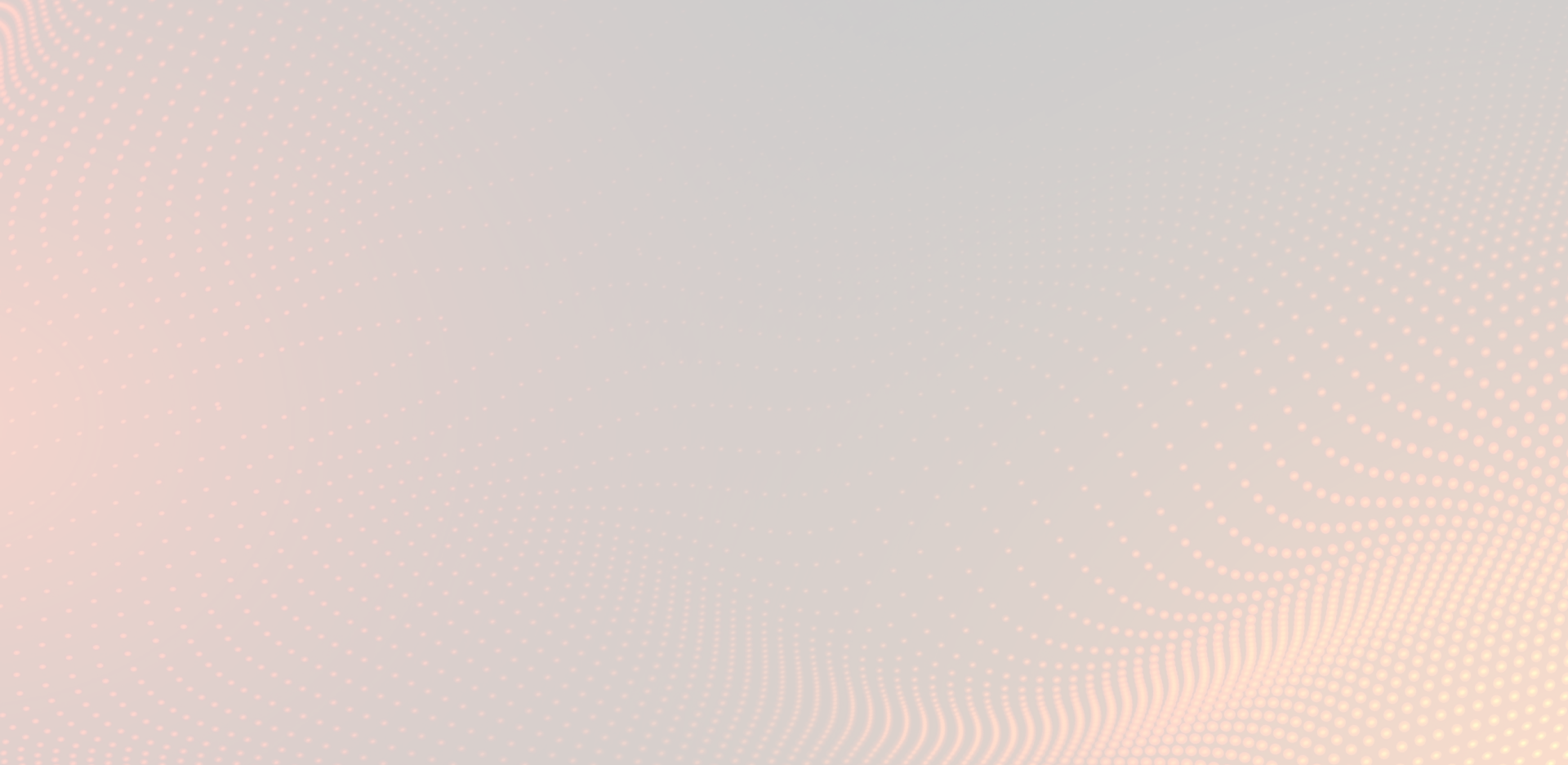How RTHS Works: A Look Inside IndoorPlus+ by People and Technology
- AuthorElodie
- DateJun 16, 2025
- Views527
In modern hospitals, tracking assets, people, and environmental conditions in real-time is no longer a luxury; it’s a necessity. Real-Time Health Systems (RTHS) are at the core of this transformation, helping healthcare providers streamline operations, reduce waste, and improve patient care.
But how does RTHS actually work? Let’s break it down through the example of IndoorPlus+, the RTLS solution developed by People and Technology.

1. What Is RTHS?
RTHS (Real-Time Health System) refers to a technology system that continuously monitors and records the locations of assets or people as well as the sensing data of various sensors within a defined indoor area using wireless signals. In healthcare, it’s typically used to monitor:
- Medical devices (infusion pumps, wheelchairs, ventilators)
- Staff and patients
- Temperature-sensitive items (e.g., vaccines)
- Visitor movement and access
- Patients vital signs (remotely!)
- Patients' rooms environmental conditions (temperature, humidity, noise levels, pollution...)
2. The IndoorPlus+ RTLS Architecture
The IndoorPlus+ system is built on a multi-layer architecture:
A. Tracked Items (Tags)
Each person or asset is tagged with a Bluetooth Low Energy (BLE) device. These tags can be:
- Card-shaped for staff or visitors
- Wearables like wristbands with SOS buttons or biosensors
- Stick-on or mountable tags for equipment
Some tags can also collect biosignals, such as heart rate, skin temperature, or motion data.
B. Collection Layer (BLE Scanners & Gateways)
The BLE tags emit signals. These are picked up by BLE scanners, which can be:
- Embedded in existing Wi-Fi access points
- USB-powered wireless scanners
- Wired scanners using PoE for environments without Wi-Fi
Scanners send signal data (RSSI, tag ID, sensor values) to the central platform for processing.
C. RTHS Server Platform (IndoorPlus+)
This backend software:
- Filters and normalizes signals
- Uses positioning algorithms to calculate real-time location
- Matches data to floor maps and defined zones (geofences)
- Triggers alerts (e.g., equipment out of zone, too many people in one room)
- Stores and visualizes real-time and historical data in dashboards
The platform can be deployed on-premise or in the cloud, and integrates with other hospital systems via RESTful APIs.

3. What Makes IndoorPlus+ RTHS Unique?
- Multi-vendor BLE support: Not tied to one hardware vendor; it reduces costs and enhances compatibility.
- Modular platform: Combines RTHS, IoT sensors, and workflow management in one backend.
- Smart sensing: Supports environmental monitoring (temperature, humidity, gas levels) alongside location tracking.
- High scalability: Used in deployments ranging from small clinics to nationwide projects across 70+ hospitals.
- Real-time dashboards & analytics: Includes features like heatmaps, geofence logs, and spaghetti path replays to analyze movement and utilization.
4. How RTHS Helps in Practice
In a hospital setting, IndoorPlus+ enables:
- Immediate location search for equipment or people
- Audit trails of past movements (e.g., for incident tracking or infection control)
- Alarm triggers when assets leave defined areas
- Preventive maintenance alerts based on usage data
- Utilization dashboards to optimize procurement and reduce redundancy
- Immediate response in case of Patient's abnormal vitals signs or urgency situation without active checkings.
5. The Bottom Line
RTHS is no longer a future technology; it’s a present-day enabler of smarter, more responsive healthcare systems. By using a flexible and scalable solution like IndoorPlus+, hospitals can take full advantage of real-time visibility to improve patient outcomes, cut costs, and reduce clinician burden.
People and Technology’s RTHS solution shows how indoor positioning, when combined with smart sensing and analytics, becomes a vital part of hospital digital transformation.









